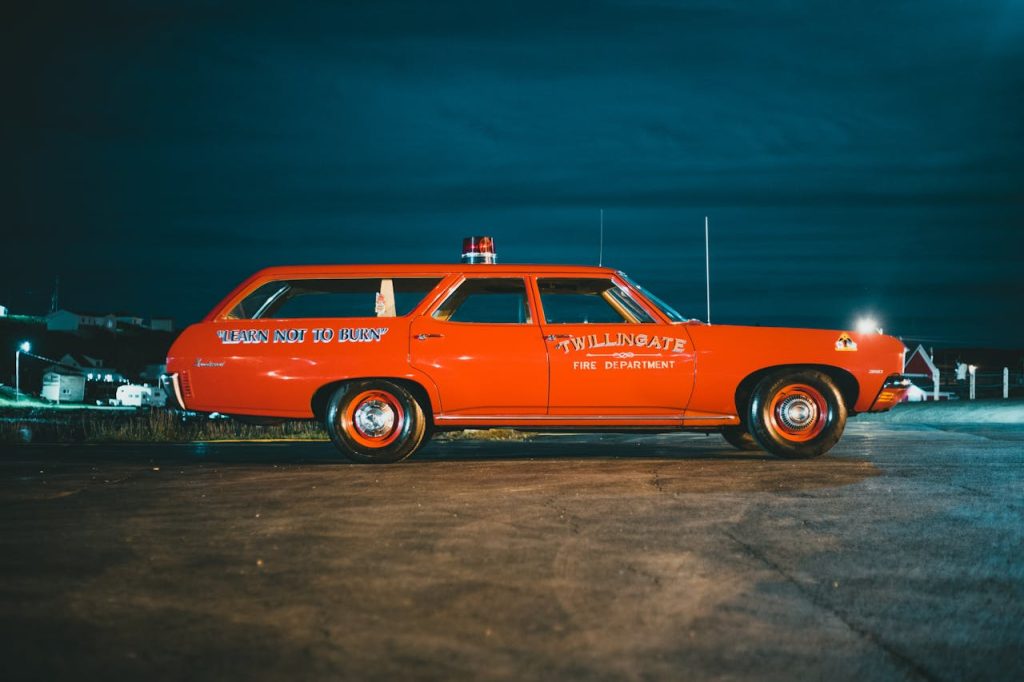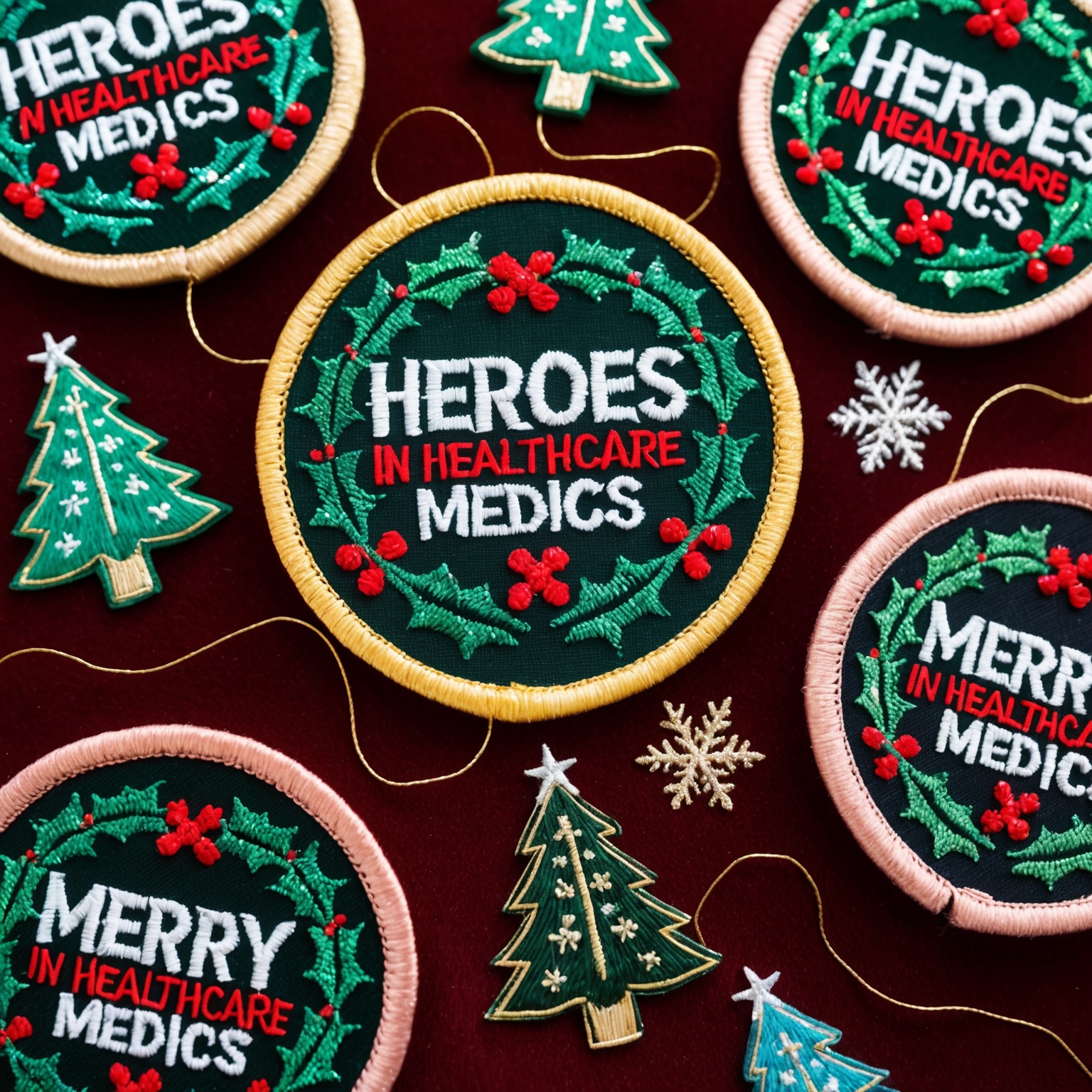Imagine walking through a firehouse, each wall adorned with patches that tell the story of bravery, dedication, and camaraderie. These small pieces of fabric hold a rich history, evolving from simple identification markers to intricate symbols of pride and tradition. But how did fire department patches transform over the years? What do they signify today compared to their origins? Let’s embark on a journey to explore the fascinating evolution of fire department patches.
Fire department patches have long been a staple of firefighter uniforms, representing more than just the department they serve. These patches have evolved significantly over the years, reflecting changes in design trends, departmental values, and community engagement. This article will delve into the history and evolution of fire department patches, addressing common misconceptions, and providing insights into how they have become both traditional symbols and modern trends.
The Origins of Fire Department Patches
Early Beginnings:
The use of patches in fire departments can be traced back to the early 20th century. Initially, patches were simple and functional, primarily serving as identification markers for firefighters. These early patches often featured basic designs, such as the department’s name and a simple emblem.
- Example: Early New York City Fire Department (FDNY) patches were straightforward, with minimalistic designs highlighting the department’s initials and a basic firefighting symbol.
Some might argue that early patches were too simplistic to hold significant meaning.
Solution:
While early patches were indeed simple, they laid the foundation for a tradition of pride and identification. Over time, these patches evolved to incorporate more detailed and symbolic elements, reflecting the growing complexity and professionalism of fire services.
The Evolution of Design Trends
Mid-20th Century Changes:
As fire departments grew and professionalized, so did their patches. The mid-20th century saw a shift towards more detailed and colorful designs. Departments began incorporating unique symbols and motifs that represented their specific values, missions, and local identities.
- Example: During the 1960s, many fire departments began adding elements such as local landmarks, specific firefighting equipment, and mascots to their patches.
Some may believe that more detailed designs are purely aesthetic without adding real value.
Solution:
Detailed designs serve to enhance the identity and pride within the department. They create a sense of unity and belonging among firefighters, fostering morale and camaraderie. Additionally, these designs help to tell the story of the department’s heritage and local significance.
Modern Trends in Fire Department Patches
21st Century Innovations:
In the modern era, fire department patches have become even more sophisticated. Advances in technology and design have allowed for greater creativity and personalization. Today’s patches often feature intricate embroidery, vibrant colors, and custom shapes.
- Example: Some departments now use 3D embroidery techniques to add depth and texture to their patches, creating a more dynamic and visually appealing design.
Concerns that modern designs may stray too far from tradition.
Solution:
Modern designs can still honor tradition while incorporating new elements. By blending historical symbols with contemporary design techniques, patches can remain relevant and meaningful, bridging the gap between past and present.
Incorporating Technology:
Today, some fire departments are integrating technology into their patches. QR codes and NFC (Near Field Communication) chips can be embedded into patches, linking to digital content such as department histories, training videos, or memorials for fallen firefighters.
- Example: A patch with an embedded QR code could link to a webpage detailing the history of the department or showcasing recent community initiatives.
The Role of Patches in Building Team Spirit and Community Engagement
Fostering Unity:
Patches are more than just decorative elements; they play a crucial role in building team spirit. Wearing the same patch creates a sense of unity among firefighters, reminding them that they are part of a larger team with a common mission and values.
- Example: During multi-department operations or community events, the presence of uniform patches fosters a sense of solidarity and collective identity.
Community Engagement:
Fire department patches also serve as tools for community engagement. When firefighters participate in public events, their patches often become conversation starters, helping to bridge the gap between the fire department and the community.
- Example: Handing out smaller, commemorative patches to children at fire safety demonstrations can create positive interactions and foster community trust.
Some might argue that patches are not effective tools for community engagement.
Solution:
While patches alone cannot achieve full community engagement, they are part of a broader strategy. By using patches as symbols of pride and trust, fire departments can enhance their public image and foster stronger community relationships.
Designing and Implementing Effective Patches
Designing and implementing effective fire department patches involves several critical steps that ensure the patches are meaningful, durable, and reflective of the department’s identity and values. Here’s a detailed guide to help you create patches that truly stand out:
1. Collaborating on Design
Engaging Department Members:
One of the most effective ways to ensure that patches resonate with the entire department is to involve members in the design process. This collaboration can foster a sense of ownership and pride among firefighters, as they contribute to creating a symbol that represents their collective identity.
- Example: Host a design contest within the department to gather ideas and select the most popular design. This not only generates creative input but also boosts morale as members feel directly involved in the process.
Incorporating Meaningful Elements:
Design patches that incorporate elements reflecting the department’s core values and mission. This ensures that the patch is not just decorative but also meaningful.
- Example: A patch might include symbols of justice, service, and protection, aligning with the department’s mission.
Some may find it challenging to design a patch that reflects complex values and missions.
Solution:
Work with experienced designers who specialize in creating patches. They can provide templates, suggestions, and refine your ideas into a cohesive and meaningful design.
2. Choosing Quality Materials
Durability and Appearance:
Select high-quality materials to ensure the patches are durable and maintain their appearance over time. This includes choosing the right fabric, threads, and backing options.
- Example: Embroidered patches with high-thread counts offer durability and clear, vibrant designs that stand out. Use polyester threads for colorfastness and longevity.
Backing Options:
Consider the best backing options for your patches based on their intended use. Options include sew-on, iron-on, adhesive, or Velcro backings.
- Example: Velcro backings might be ideal for tactical units that need to remove and reattach patches frequently, while sew-on backings provide a permanent attachment.
Concerns about the cost of high-quality materials.
Solution:
While high-quality materials might cost more upfront, they ensure longevity and maintain the patch’s appearance, offering better value in the long run. Bulk orders can also help reduce costs.
3. Implementing Recognition Programs
Formal Recognition:
Implement a formal program to award patches for various achievements, such as years of service, exceptional performance, or participation in special projects. This formal recognition helps to motivate and acknowledge the hard work of firefighters.
- Example: An officer receiving a patch for 10 years of service feels recognized and valued, which boosts morale and loyalty.
Ceremonial Presentations:
Present patches during ceremonies or special events to enhance their significance and celebrate the achievements publicly. This not only recognizes the individual but also reinforces the values and accomplishments of the entire department.
- Example: Hosting an annual awards ceremony where patches are presented can become a cherished tradition within the department.
Some might think patches alone are insufficient for recognition.
Solution:
Patches should be part of a comprehensive recognition program that includes verbal acknowledgments, certificates, and other awards. This holistic approach ensures officers feel fully appreciated.
Additional Design Considerations
Customizing for Units:
Different units within the department can have customized patches that reflect their specific roles and responsibilities while maintaining a cohesive overall design.
- Example: A K-9 unit might have a patch featuring a dog, while a SWAT team’s patch might include tactical imagery.
Incorporating Modern Trends:
Consider modern trends such as 3D embroidery and incorporating technology like QR codes or NFC chips. These elements can add depth and functionality to your patches, making them more engaging and interactive.
- Example: A patch with a QR code that links to a video message from the chief or a virtual tour of the department can enhance public engagement and transparency.
Conclusion
From their humble beginnings as simple identification markers to their current status as symbols of pride and tradition, fire department patches have evolved significantly over the years. They play a crucial role in enhancing department identity, building team spirit, and engaging with the community. By understanding the history and evolution of these patches, departments can create meaningful and impactful designs that honor their heritage while embracing modern trends.
If you are interested in purchasing high-quality custom patches, feel free to call us at 1-866-903-4903 or fill out one of our FREE quotes here.




